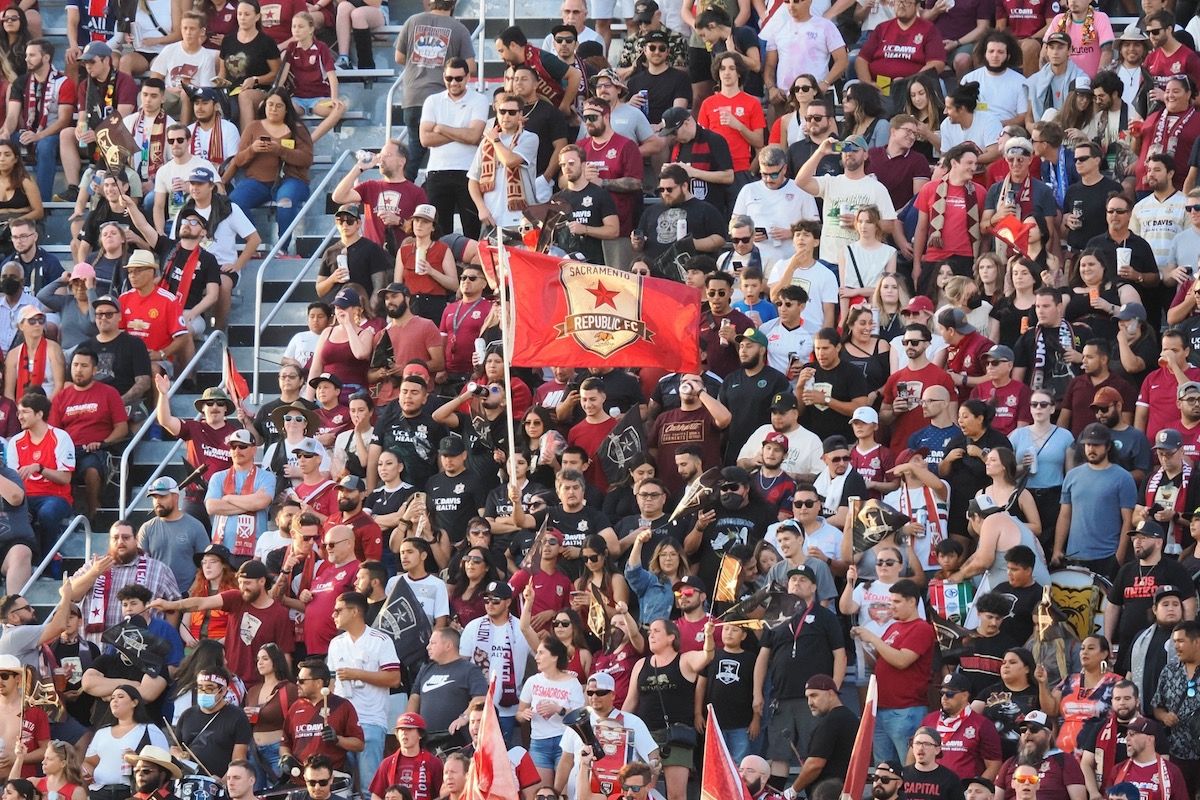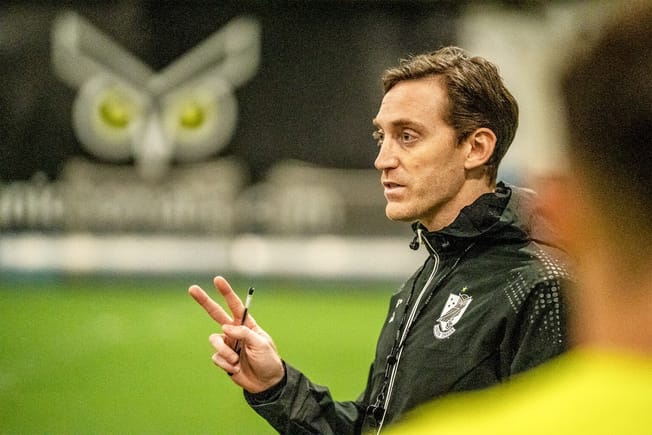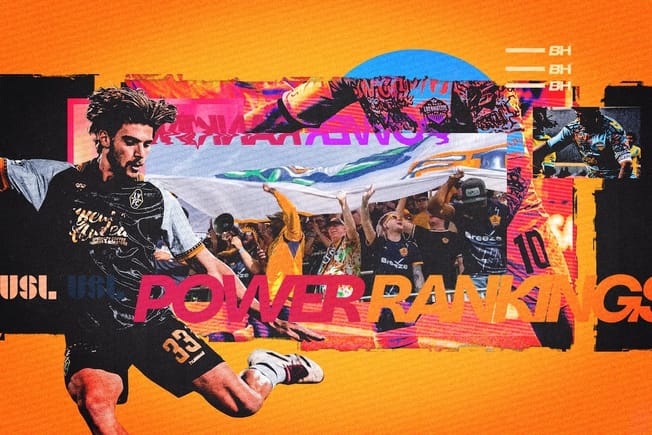Quick Hits
- After their upset win last week, the Sacramento Republic became the first lower-division side to reach the U.S. Open Cup Final since the Charleston Battery in 2008.
- What has Sacramento done to best their first-tier competition? Let’s talk about that
This is an excerpt from Monday’s Weekend Recap. Subscribe to our free newsletter to get future editions of the Weekend Recap delivered right to your inbox.
After their upset win last week, the Sacramento Republic became the first lower-division side to reach the U.S. Open Cup Final since the Charleston Battery in 2008. On the way, they allowed just two goals in six matches, and they matched Charleston in beating three MLS teams on their path to the championship game.
What has Sacramento done to best their first-tier competition? Well, each of their wins against MLS teams involved a slightly different approach.
A historic upset in the U.S. Open Cup!
— Backheeled (@Backheeled) July 28, 2022
⁰The USL’s Sacramento Republic beat MLS’s Sporting Kansas City on Wednesday night, becoming the first non-MLS team to make the U.S. Open Cup final since 2008. pic.twitter.com/qWJoBOK28G
As a baseline, Mark Briggs lines up the Republic in a 5-4-1 shape. Three central defenders anchor the defense and the two wingbacks close hard up to the halfway line. In the midfield, two players sit deep and central. The remaining two midfielders take on attacking roles behind the striker, and they, too, play rather centrally. In some respects, the system looks like a 5-2-2-1.
Against the San Jose Earthquakes in the round of 16, Sacramento played their wingbacks deeper in a true back five to limit their MLS foe. Working out of a 4-2-3-1, San Jose pushed their attacking midfield line up into a front four. In moving to a five-back, the Republic gave themselves a numerical edge, and they flattened the midfield as well. Additionally, Duke Lacroix, a player sometimes used as a center back by Briggs, started at left wingback over Damia Viader, an all-out attacker. Even with just 30% possession, Sacrament held firm thanks to their innovations and countered their way to a 2-0 win.
Recognizing the LA Galaxy’s reliance on their fullbacks in the attacking half, Sacramento iterated on their offensive patterns in the quarterfinals. Striker Douglas Martinez was instructed to make runs to the touchlines as soon as the Galaxy turned the ball over. There, he could receive balls over the top in transition, leveraging the space made available as the opposing fullbacks recovered. When Martinez received the ball, LA had to push their centerbacks wide to address him, opening the middle for late-arriving runs.
In the semifinals against Sporting Kansas City, the Republic tweaked their midfield positioning to great effect. Matt LaGrassa, usually liberated to take on a box-to-box role to bolster attacking moves, played deeper and more conservatively than usual. This let LaGrassa lend support against Johnny Russell, SKC’s brightest attacking threat, and it also saw him cover in defense when a center back chased Russell’s runs into the midfield.
ANOTHER CHANCE! SO. CLOSE. pic.twitter.com/vieyotTMaw
— Republic FC (@SacRepublicFC) July 28, 2022
Higher up, Keko was employed as a true winger to punish an unbalanced style where Graham Zusi sat low as the right back and Ben Sweat bombed high on the opposite side.
Sacramento has a clear identity, one founded upon defensive organization and controlled counterattacking through Rodrigo Lopez. The beauty of their Open Cup run has been the ability to tweak that system for each matchup. Briggs has proven himself to be a shrewd tactician thus far.
Whatever he dreams up against Orlando City in early September could help the Sacramento Republic make history.







Comments